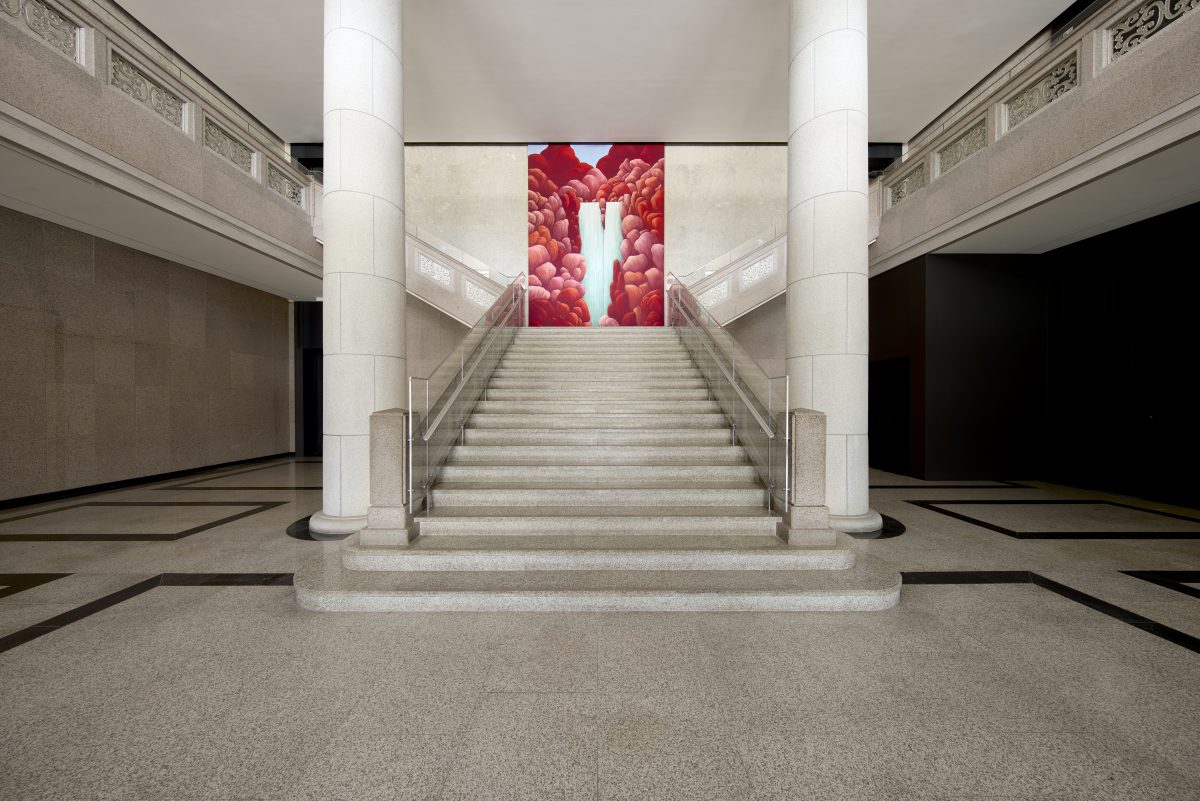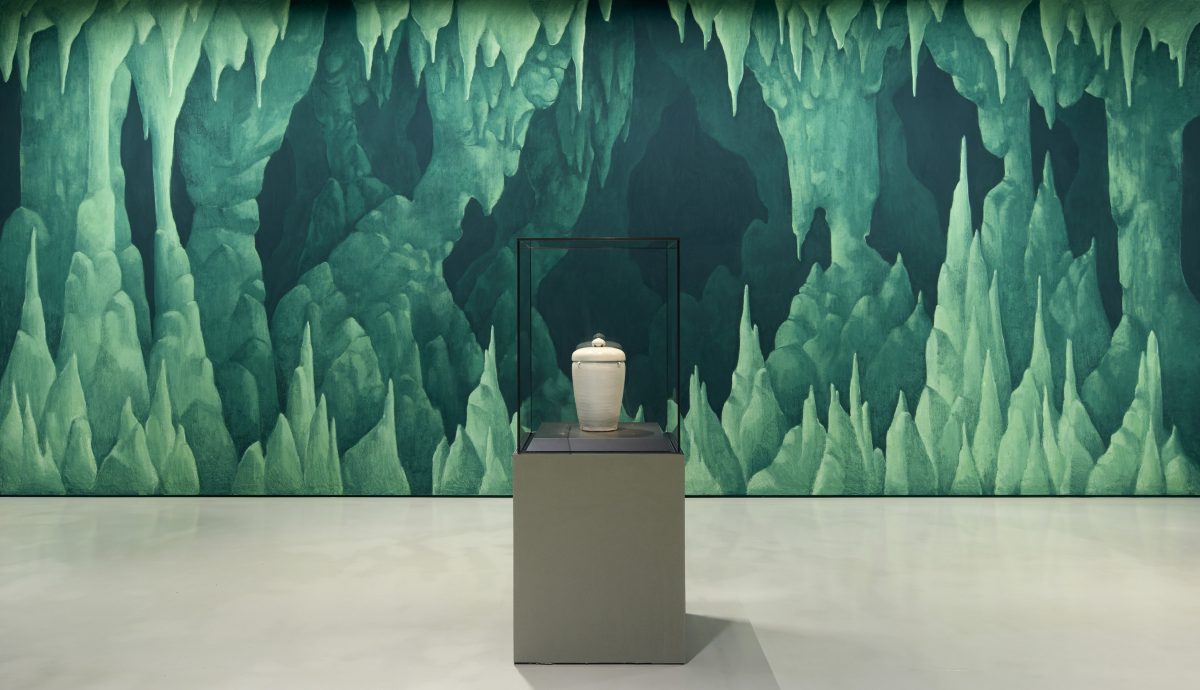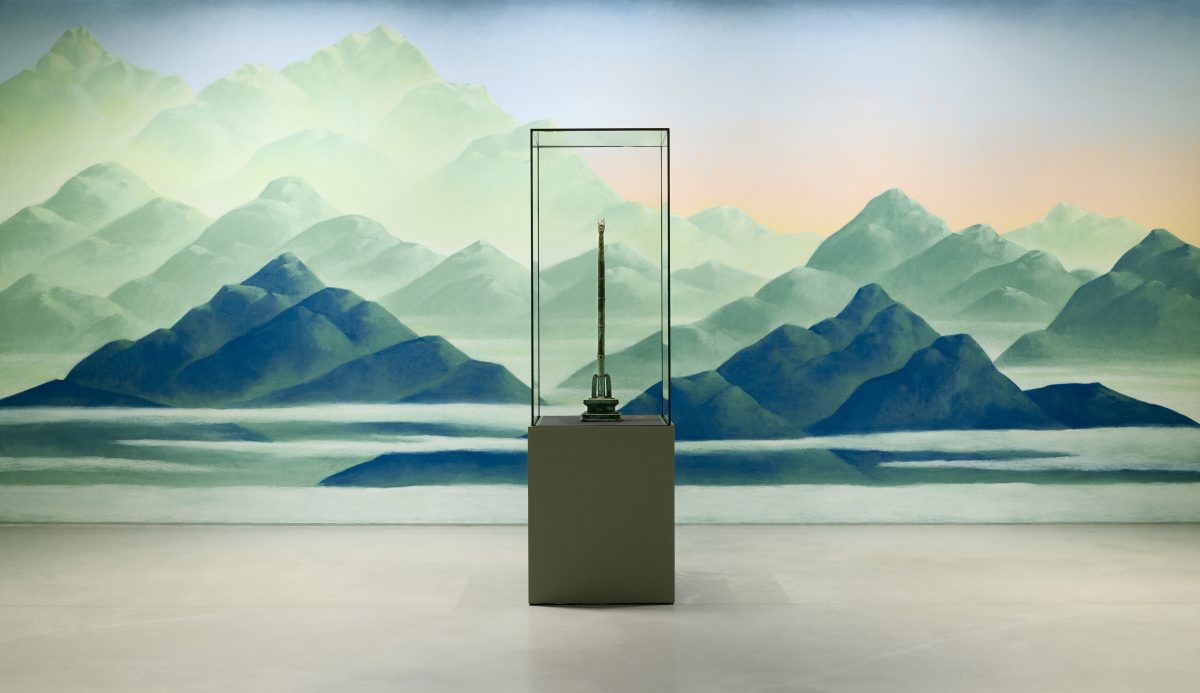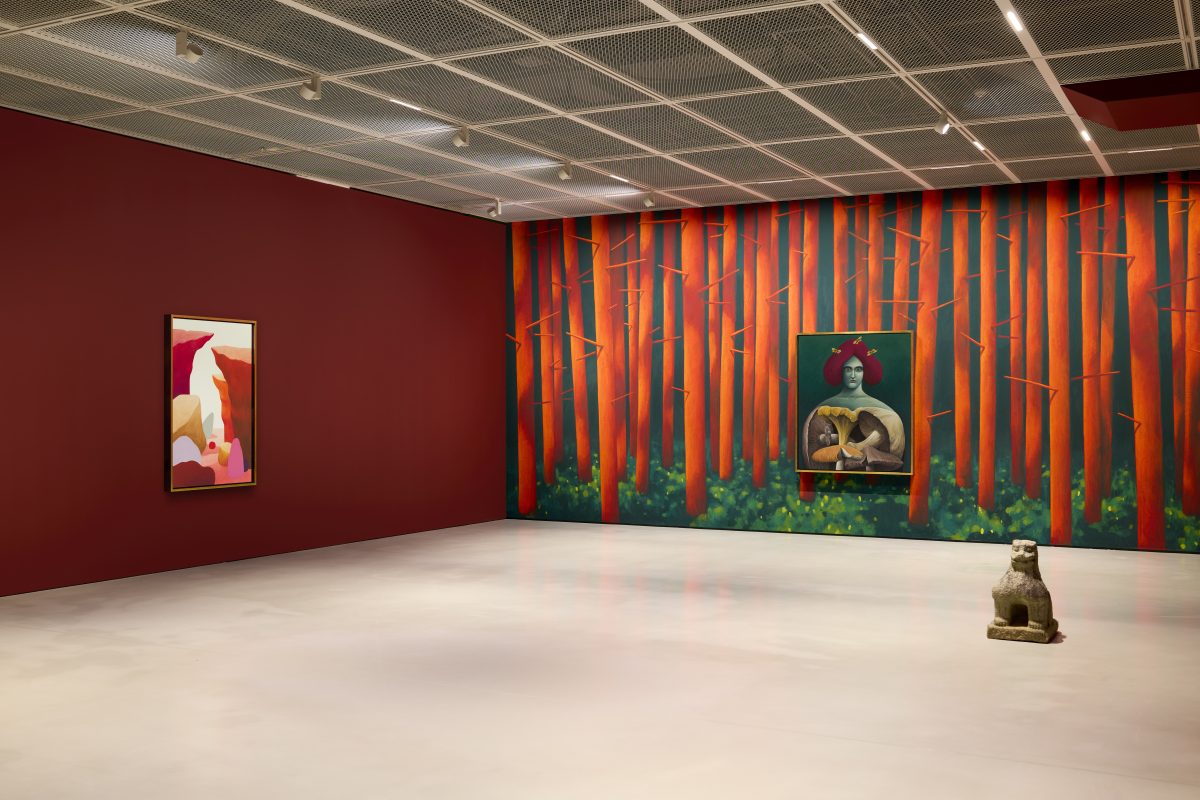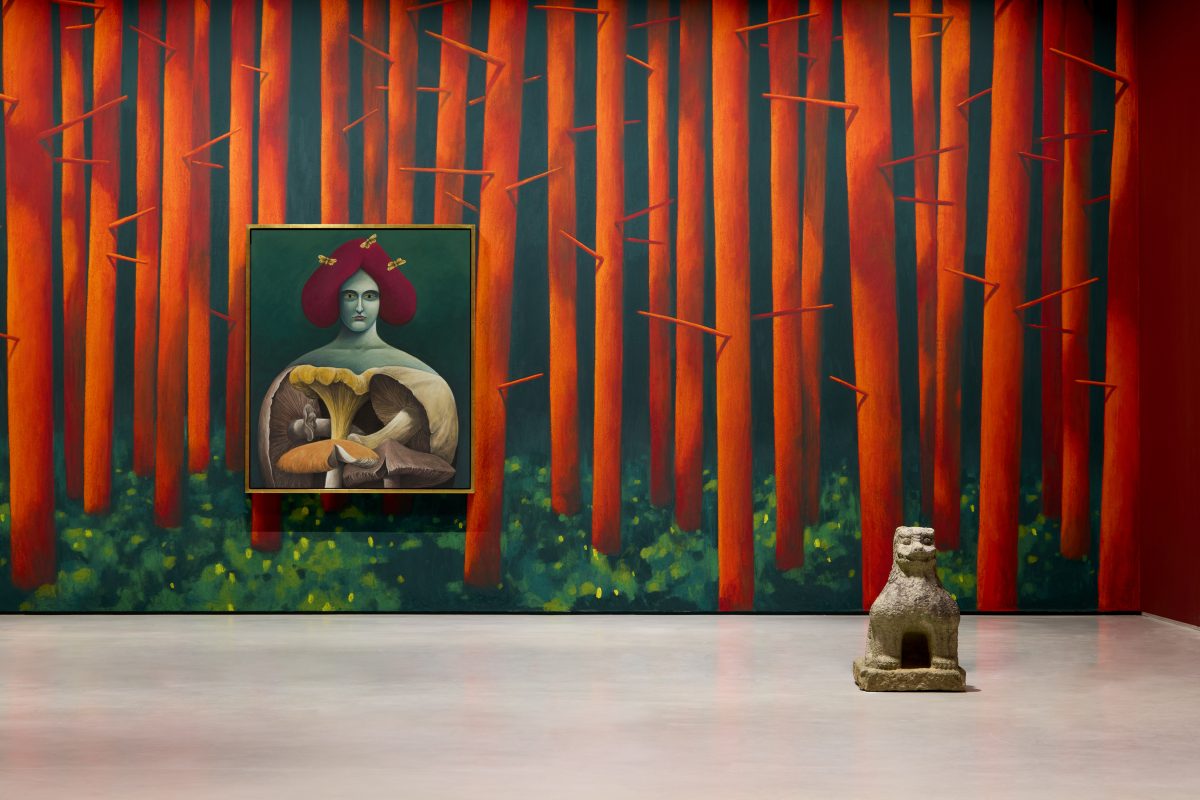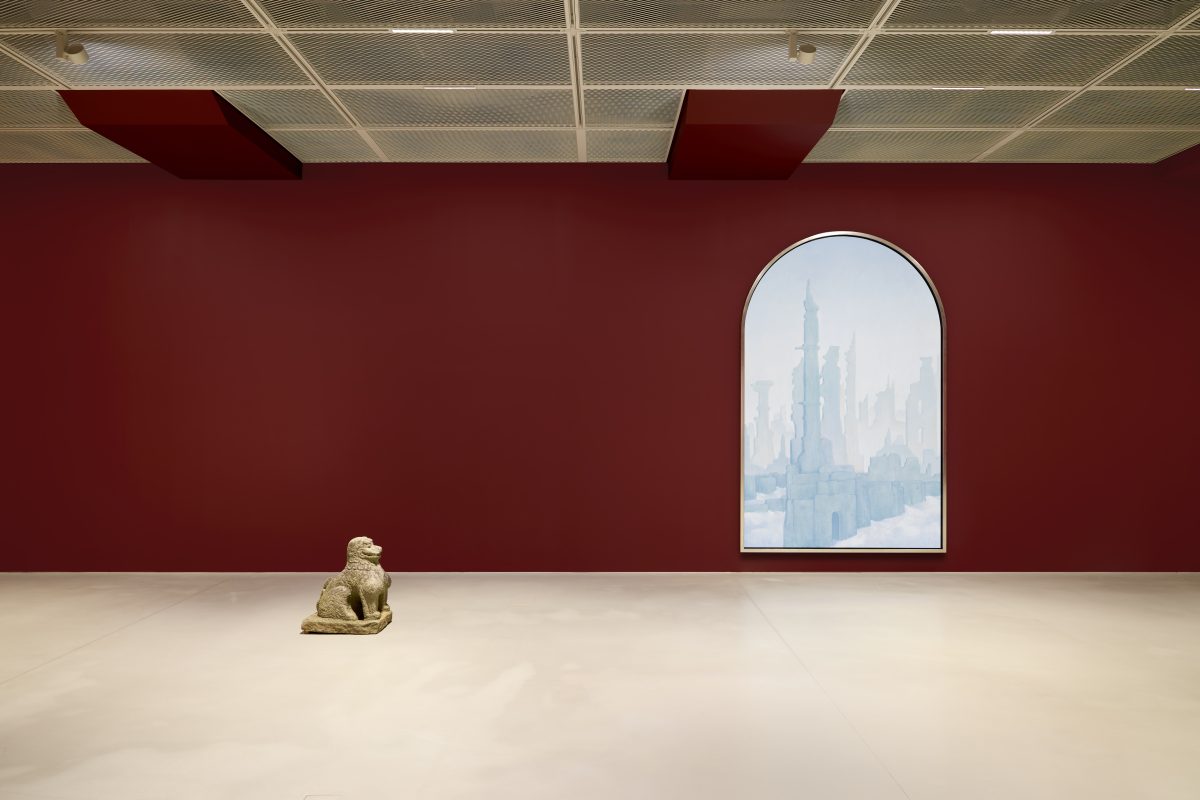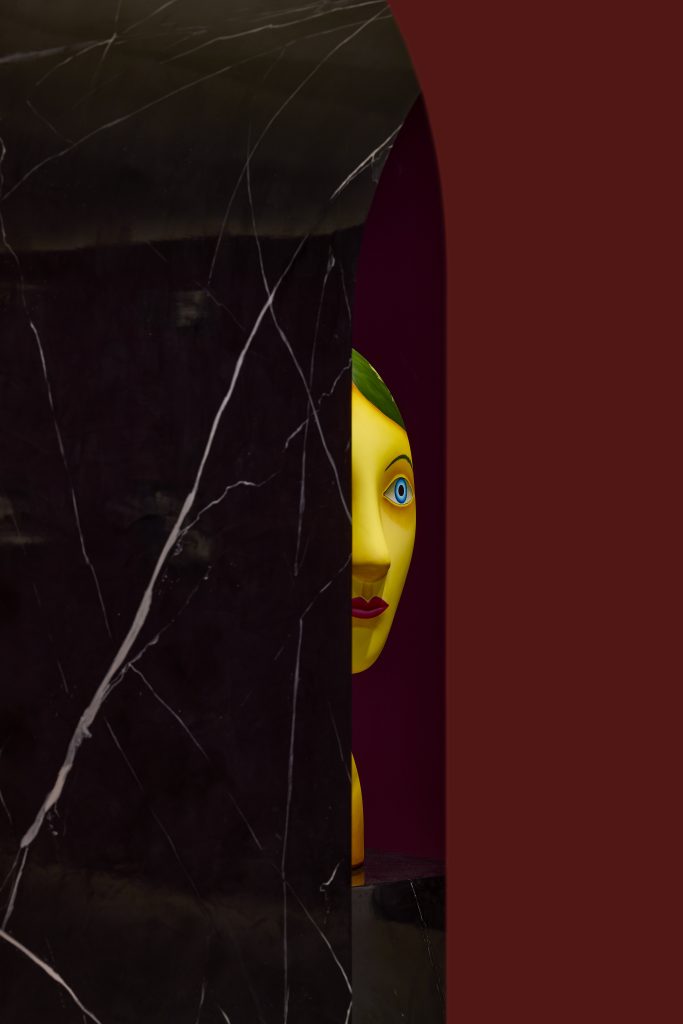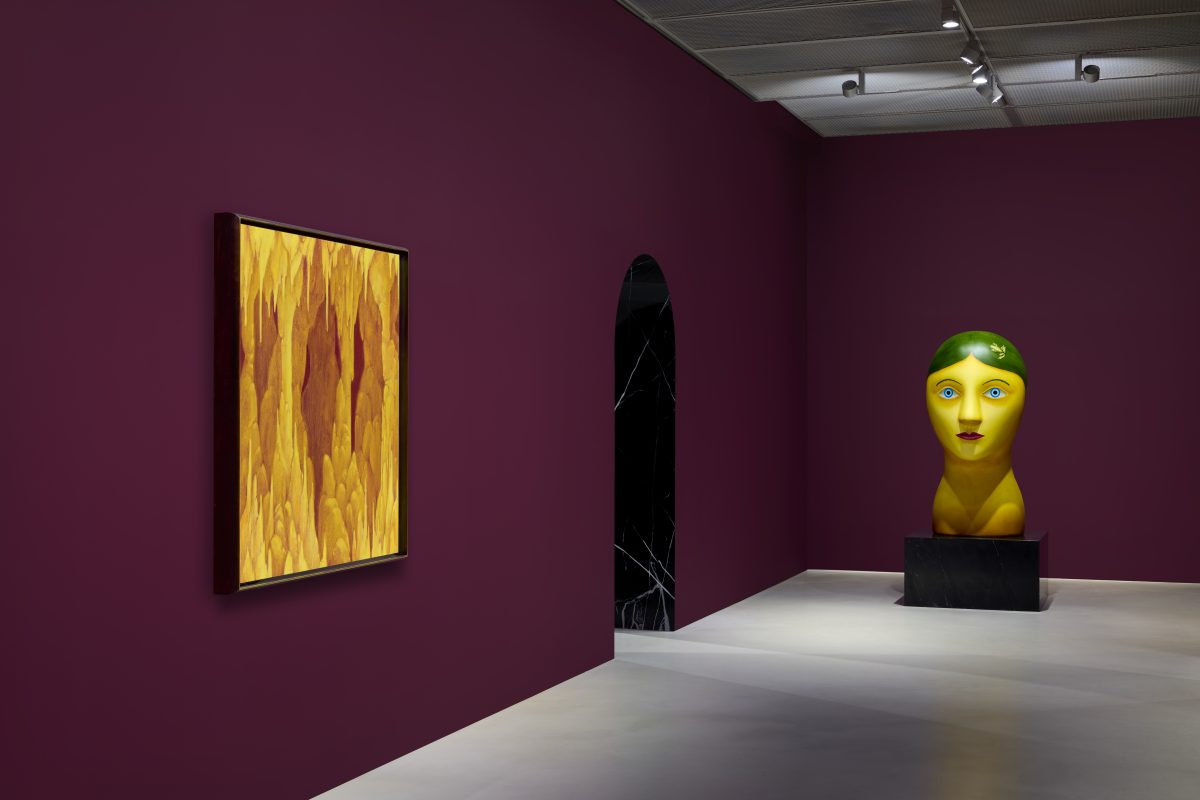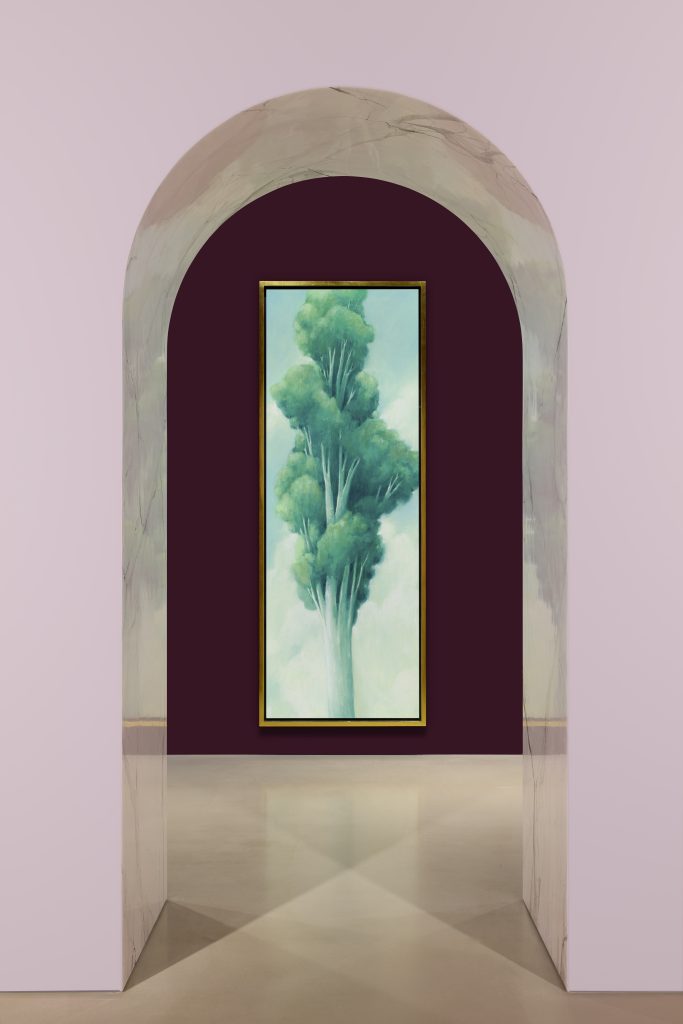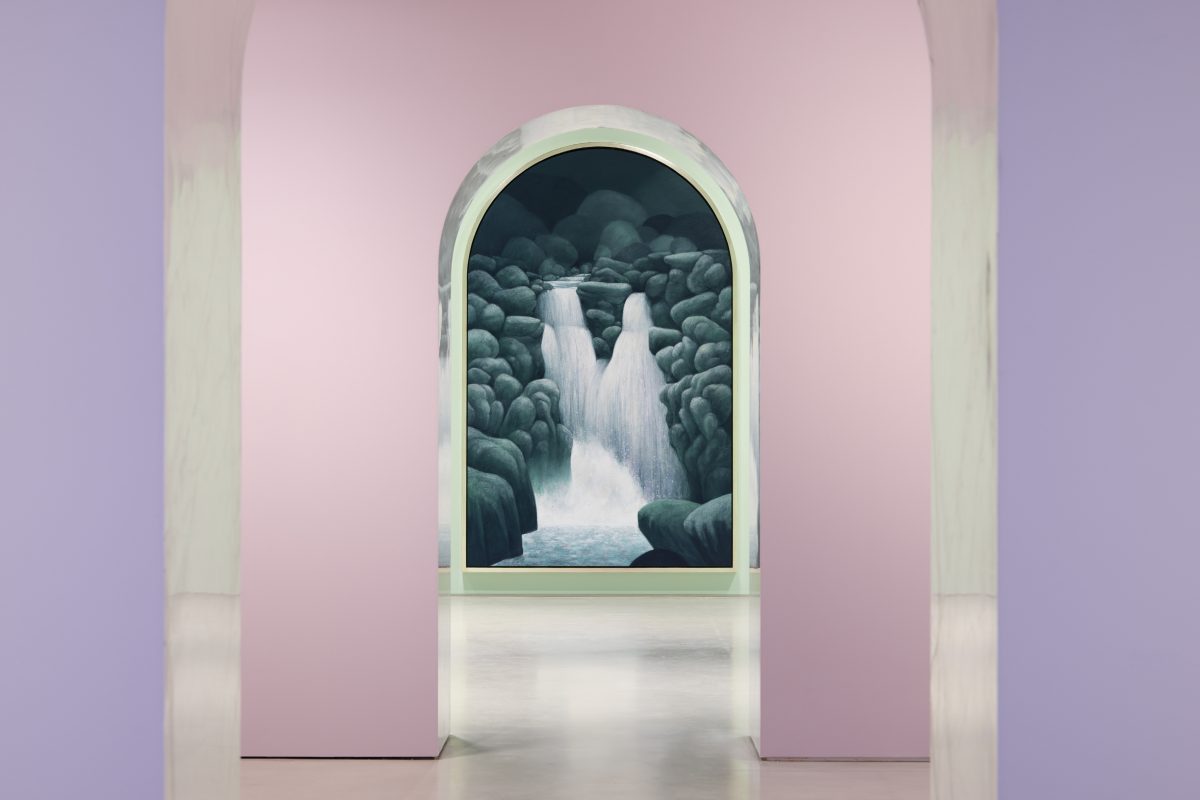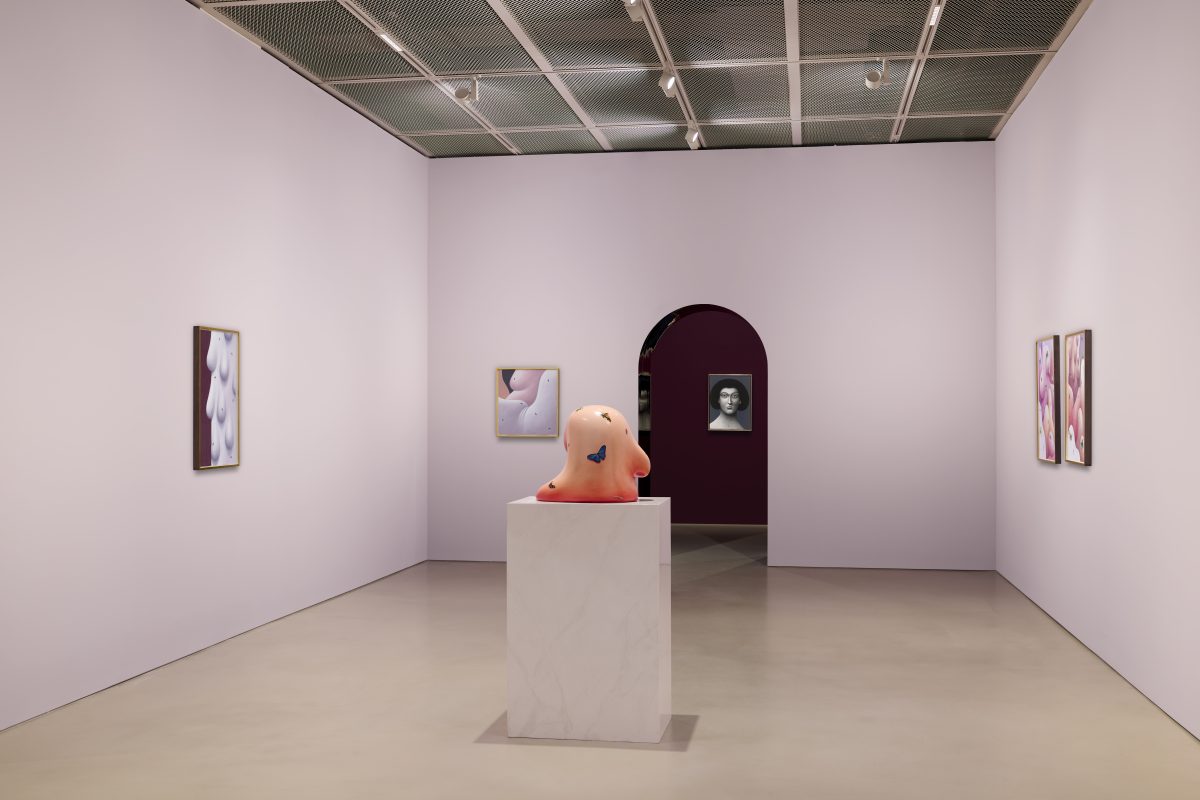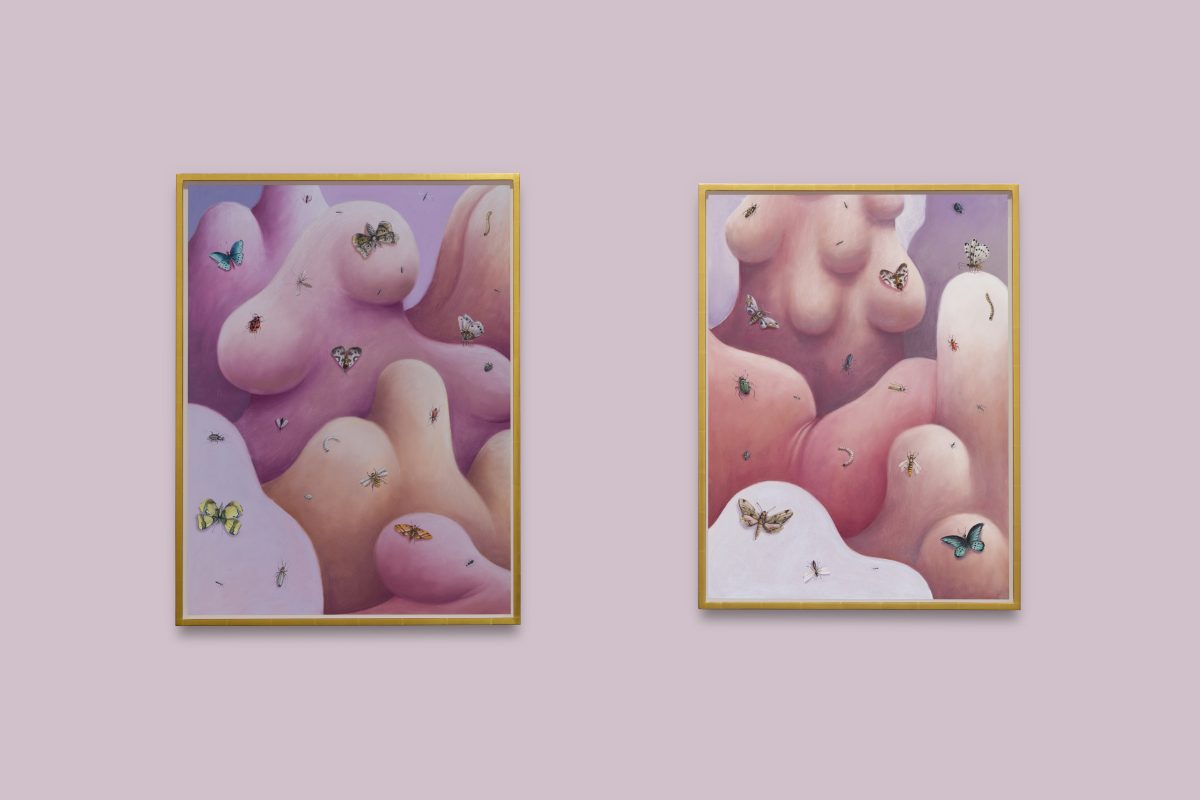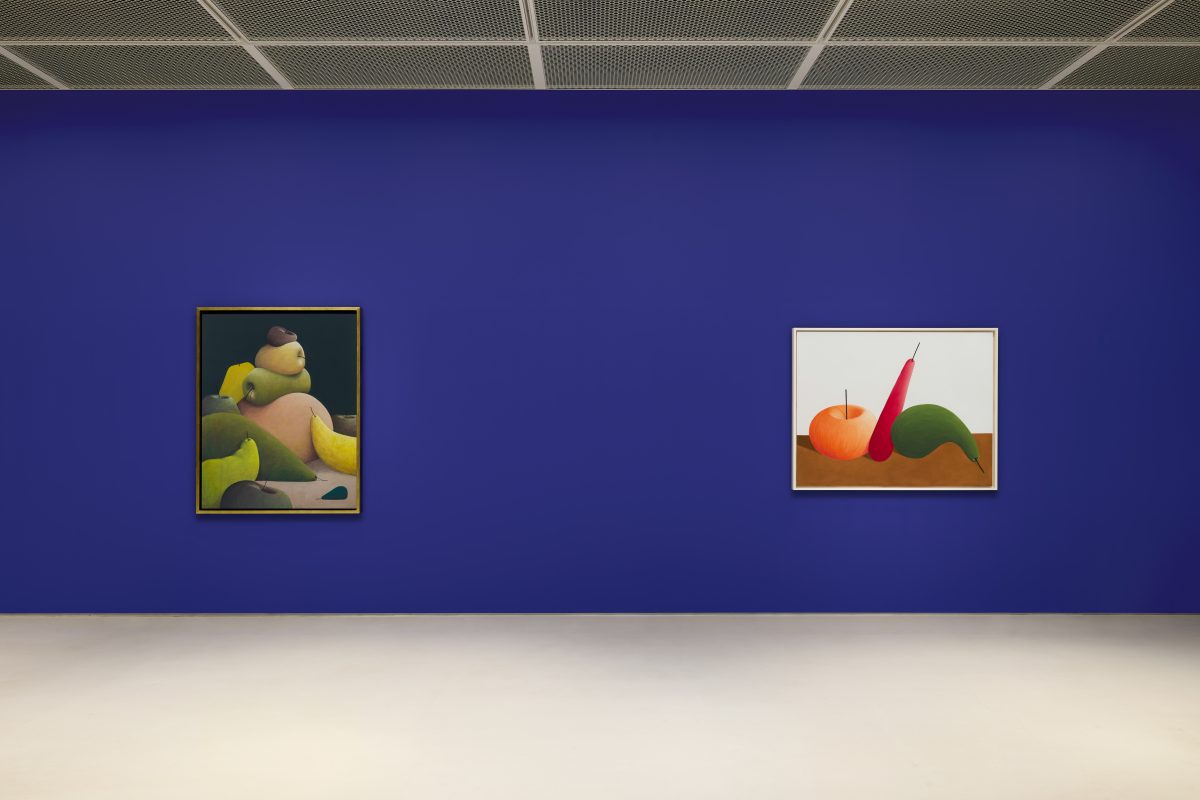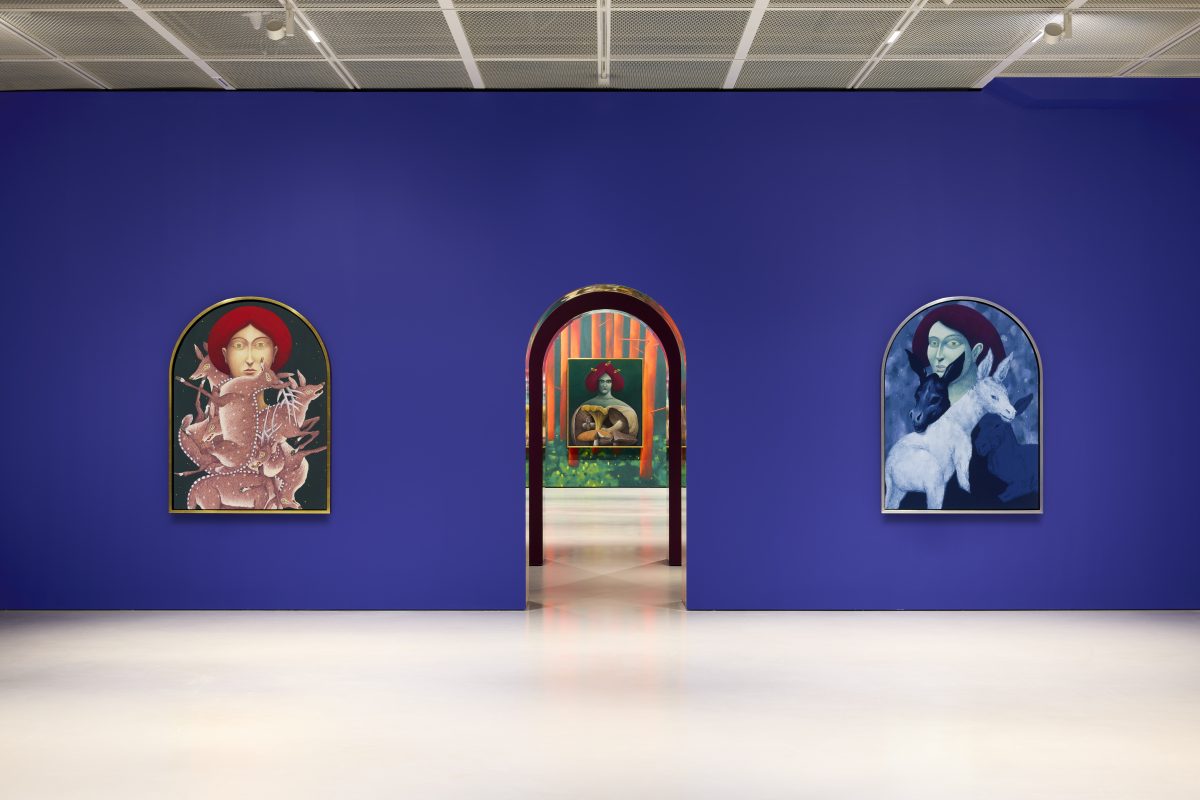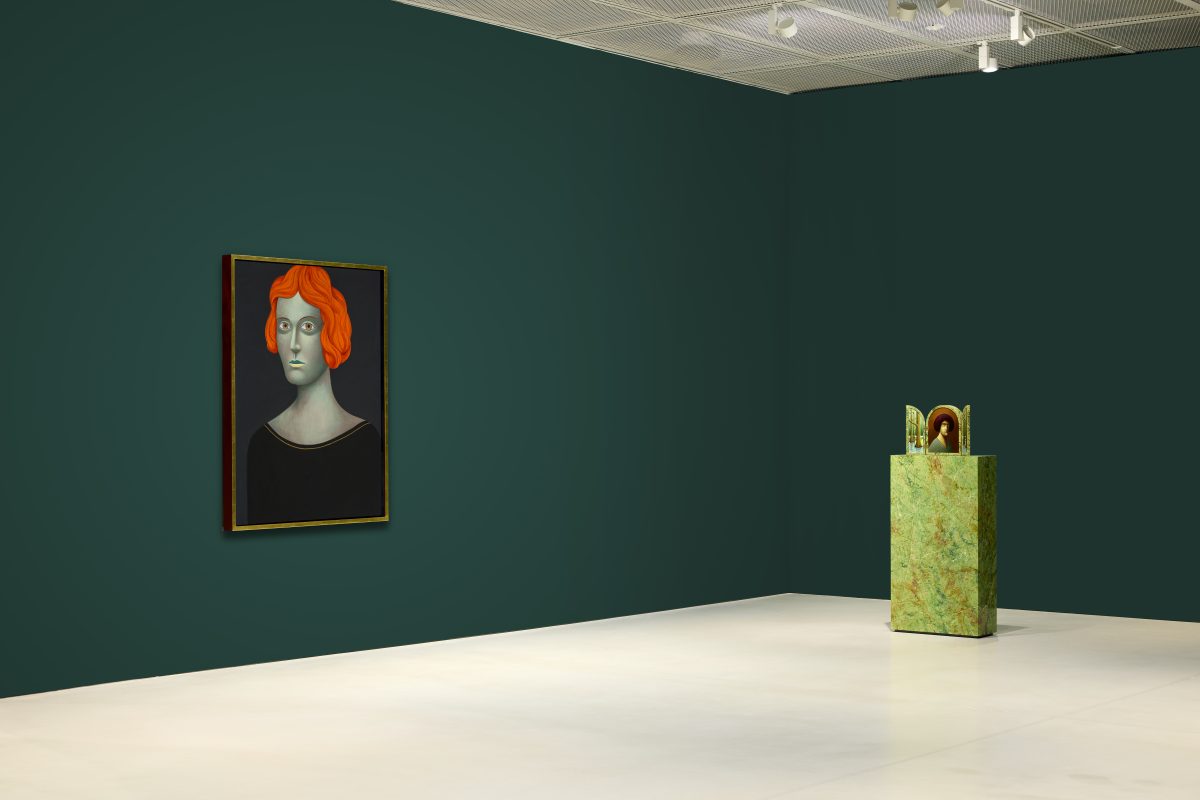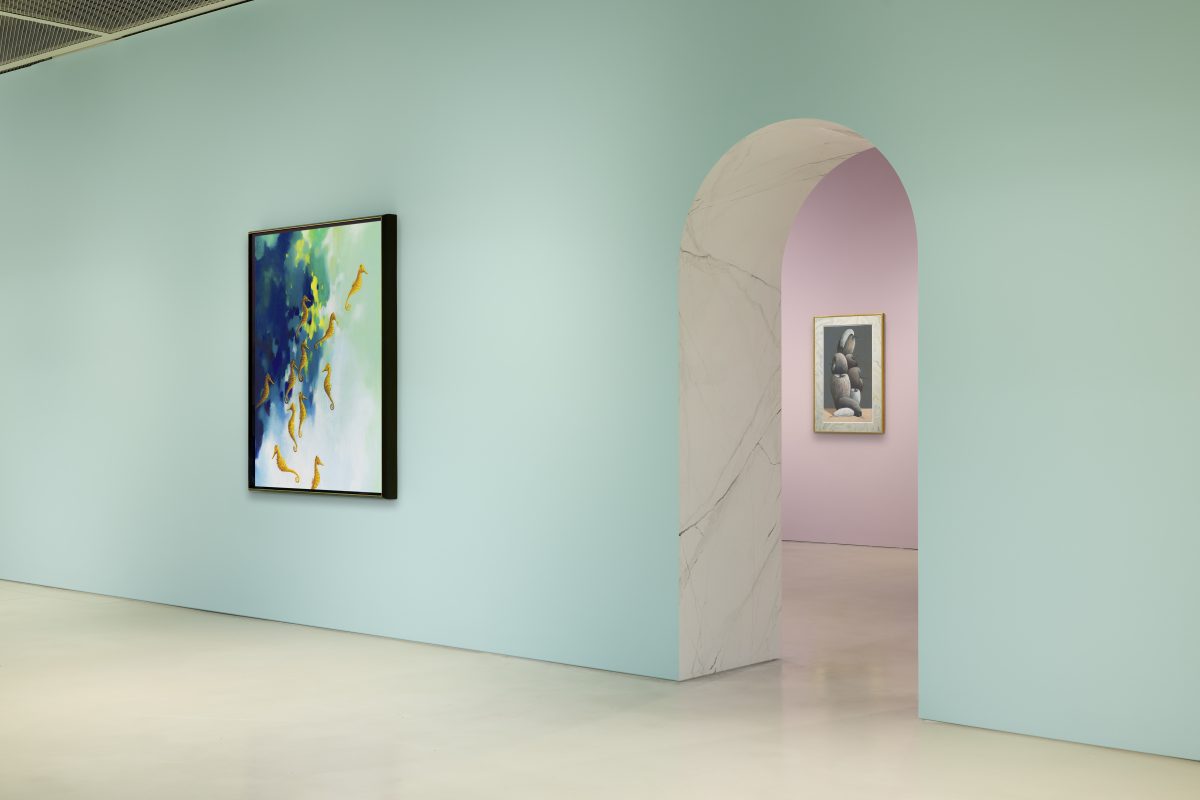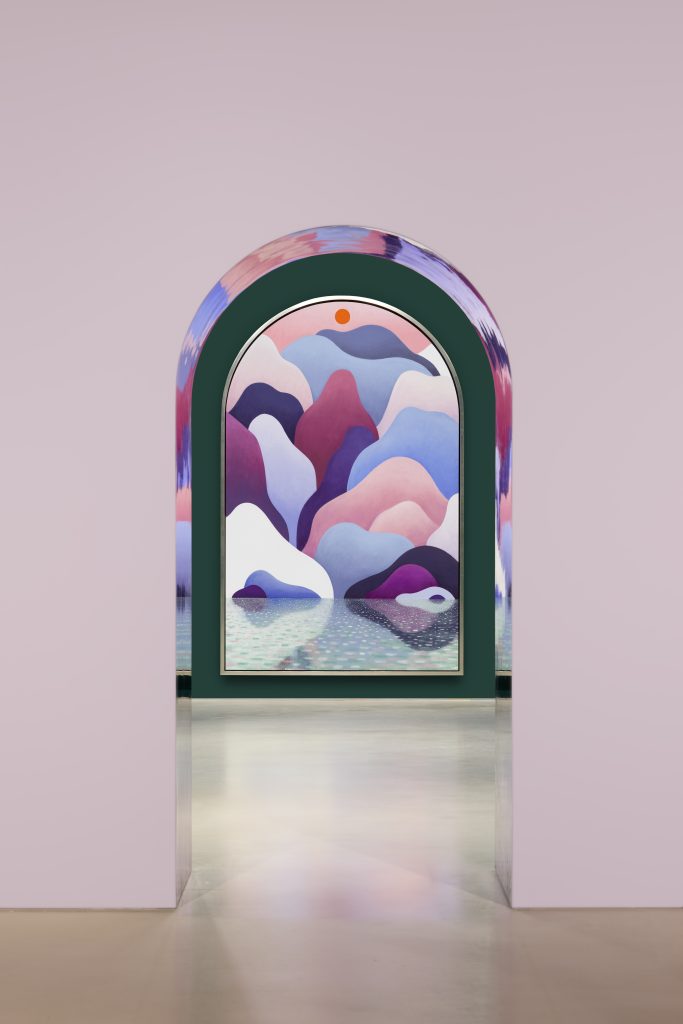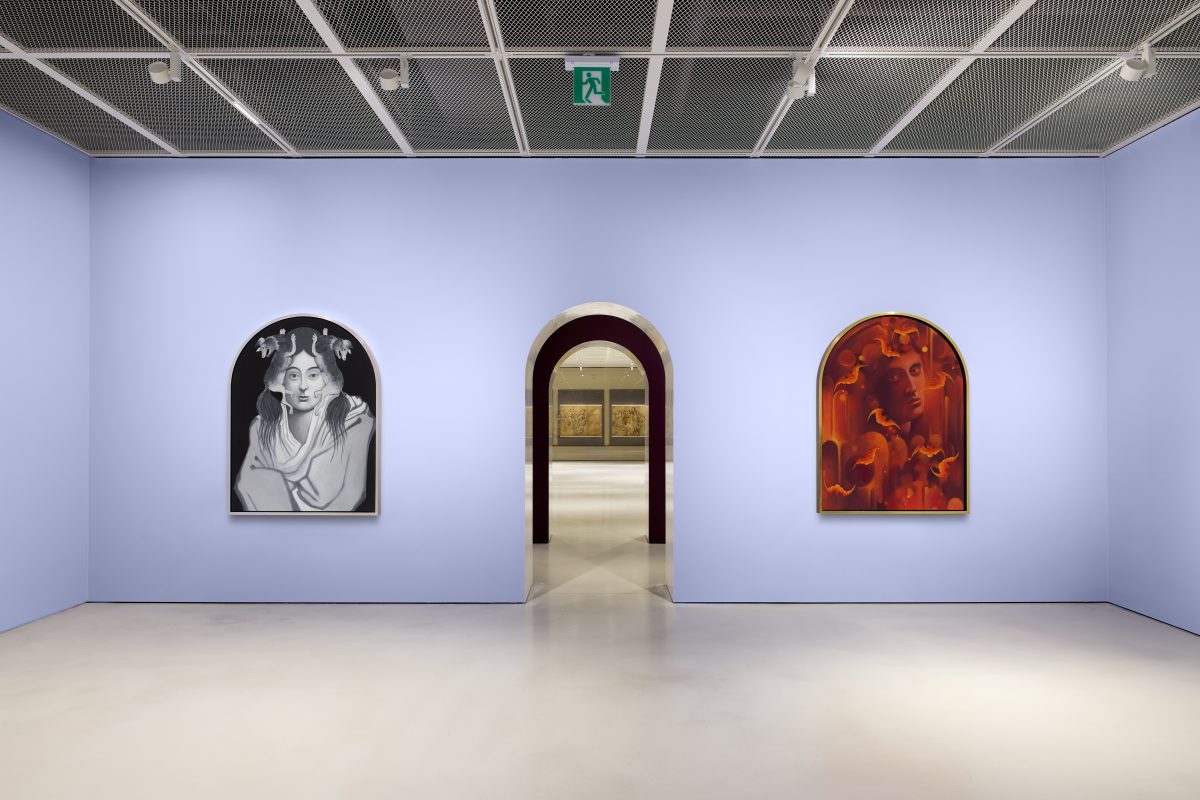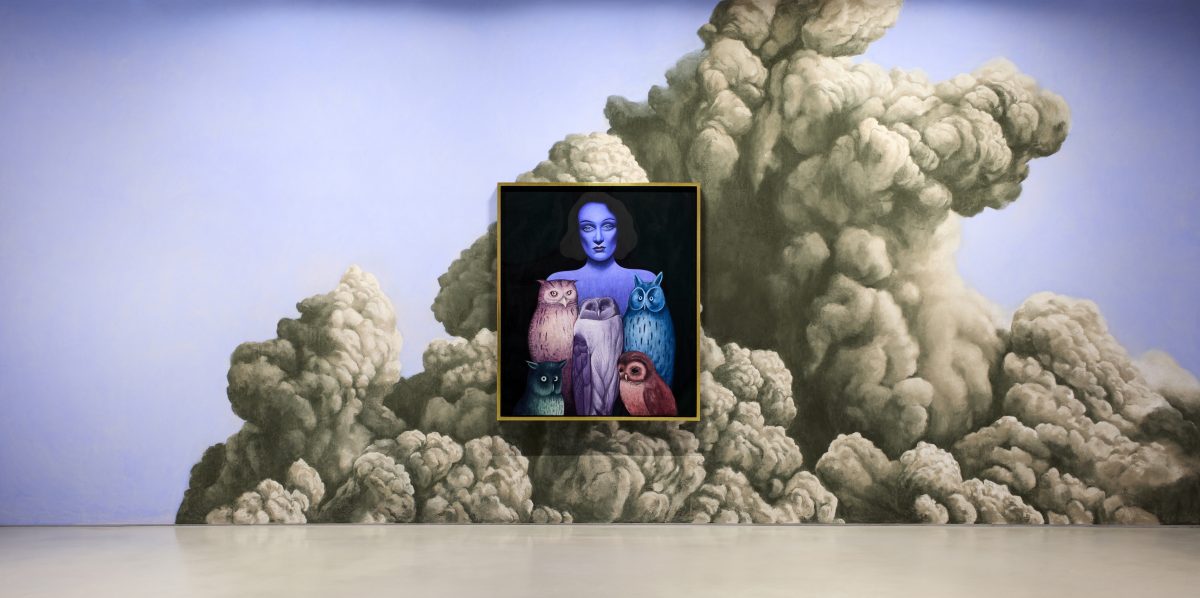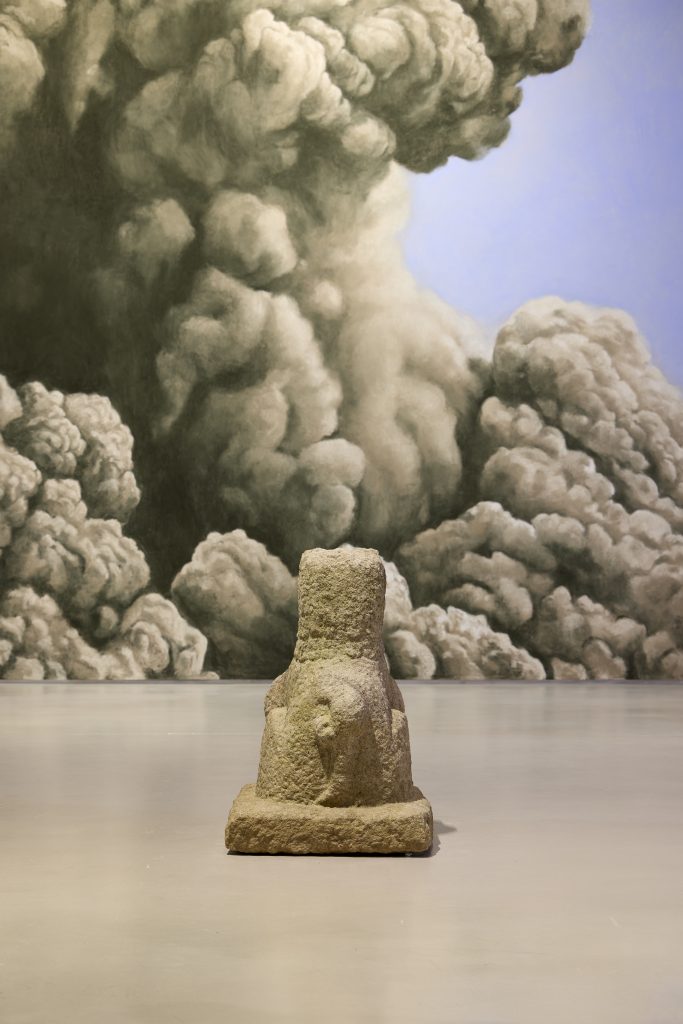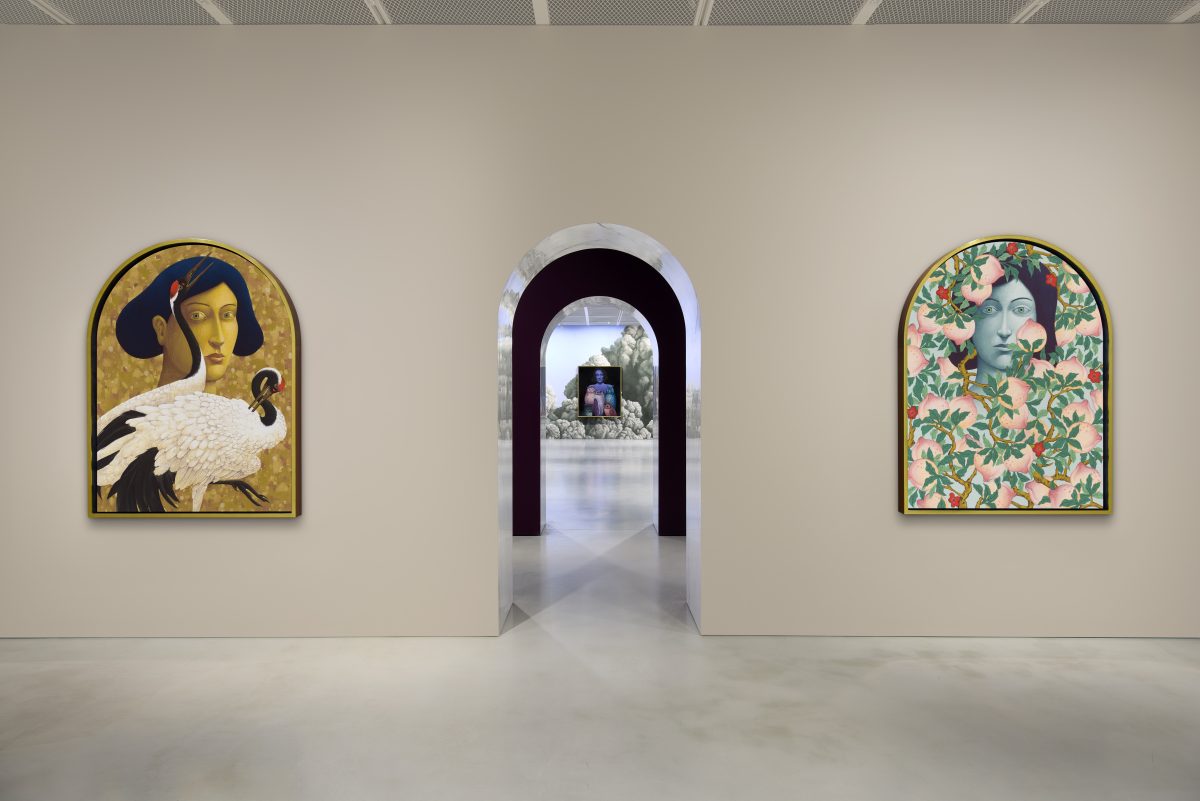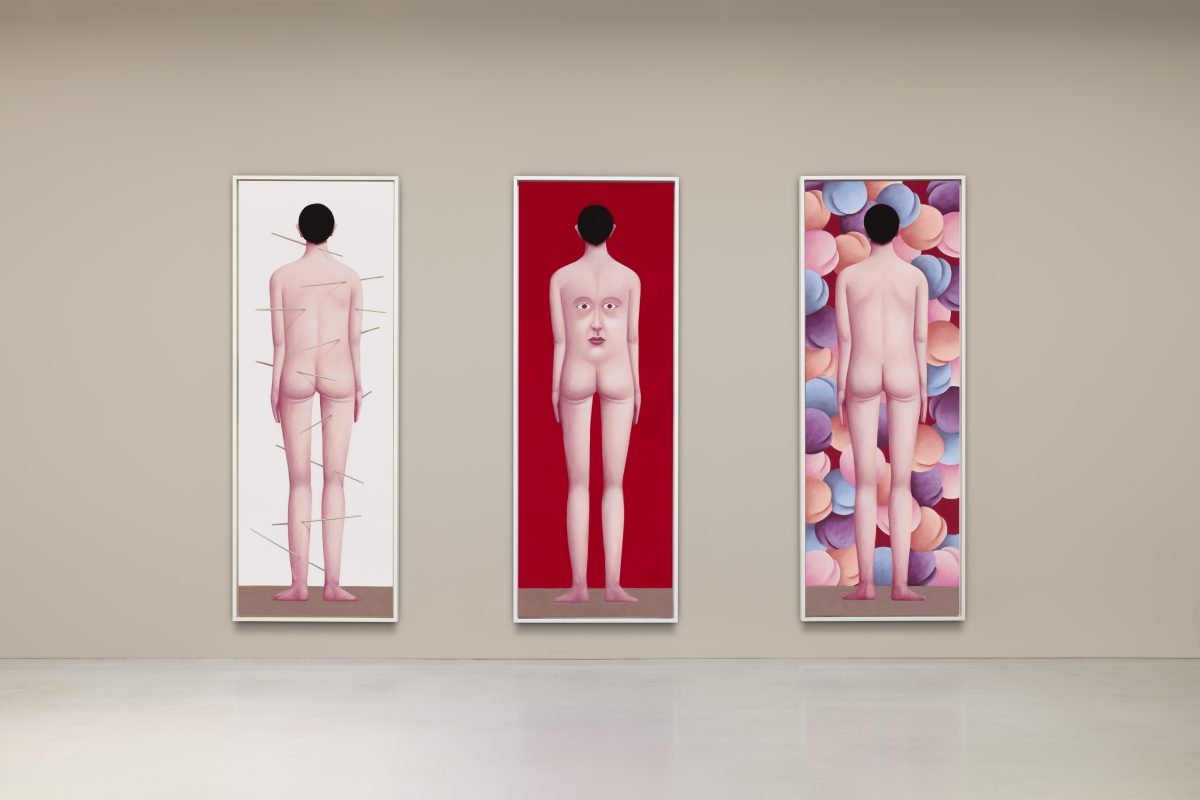
- This event has passed.
Hoam Museum of Art presents Dust, the largest survey exhibition of Swiss artist Nicolas Party’s oeuvre to date. Showcasing 48 of the artist’s existing paintings and sculptures and 20 new paintings, the exhibition also includes five large scale pastel murals created especially for the occasion, alongside key works from the Leeum Museum of Art’s collection of traditional art and antiquities. Immersing himself in the world of graffiti since his childhood, and studying film, graphic design, and 3D animation in college, Party even once formed an artist collective that organized exhibitions and engagements fusing art, music and performance. Though the majority of his work has centered around painting since then, his multidisciplinary background informs his practice overall, ranging from murals, painted sculptures, total installations to exhibition curation.
For Nicolas Party, art history is both an archive and a precious treasure trove of inspiration. Freely referencing a wide spectrum of artists, motifs, styles, and materials that span ancient to modern and contemporary art history, the artist creates a breadth of images that are distinctly unique. Particularly noteworthy is Party’s use of pastels, a medium largely forgotten since the 18th century, the last period in which it enjoyed relative popularity in Europe. Summoning this forgotten medium, the artist uses it to reinterpret traditional genres of painting, such as landscape, still life, and portraiture. Combined with saturated colors, simple forms, and uncanny imagery, his works feel friendly yet impenetrable, pivoting between lightness and profundity, as well as humor and gravitas.
The exhibition’s title, Dust, speaks to a key element of Party’s practice: namely, embracing those characteristics inherent to pastels as both the primary means and subject of his painterly representation. Easily dispersed into surrounding air like “dust from a butterfly’s wings,” pastel is a material that is intrinsically fragile and ephemeral. Party refers to pastel paintings as a “mask of dust” akin to the powdery illusion of makeup. His expansive site-specific pastel murals, painted directly onto the walls of the museum, exist only for the duration of the exhibition, destined to disappear. Taking this ontological precarity of the medium, the artist expands it into a reflection on the sustainability and extinction of human and non-human species, civilization and nature.

